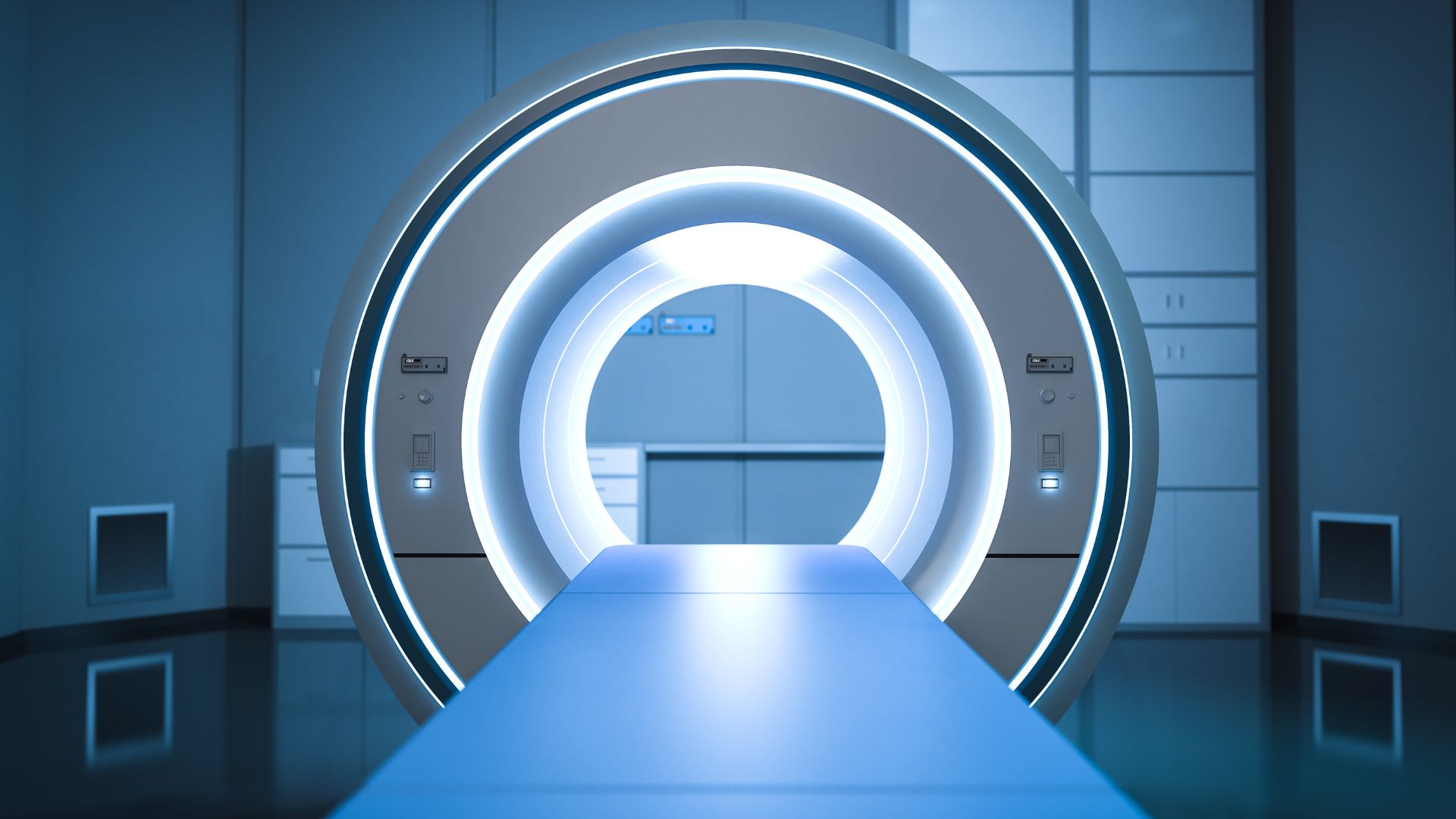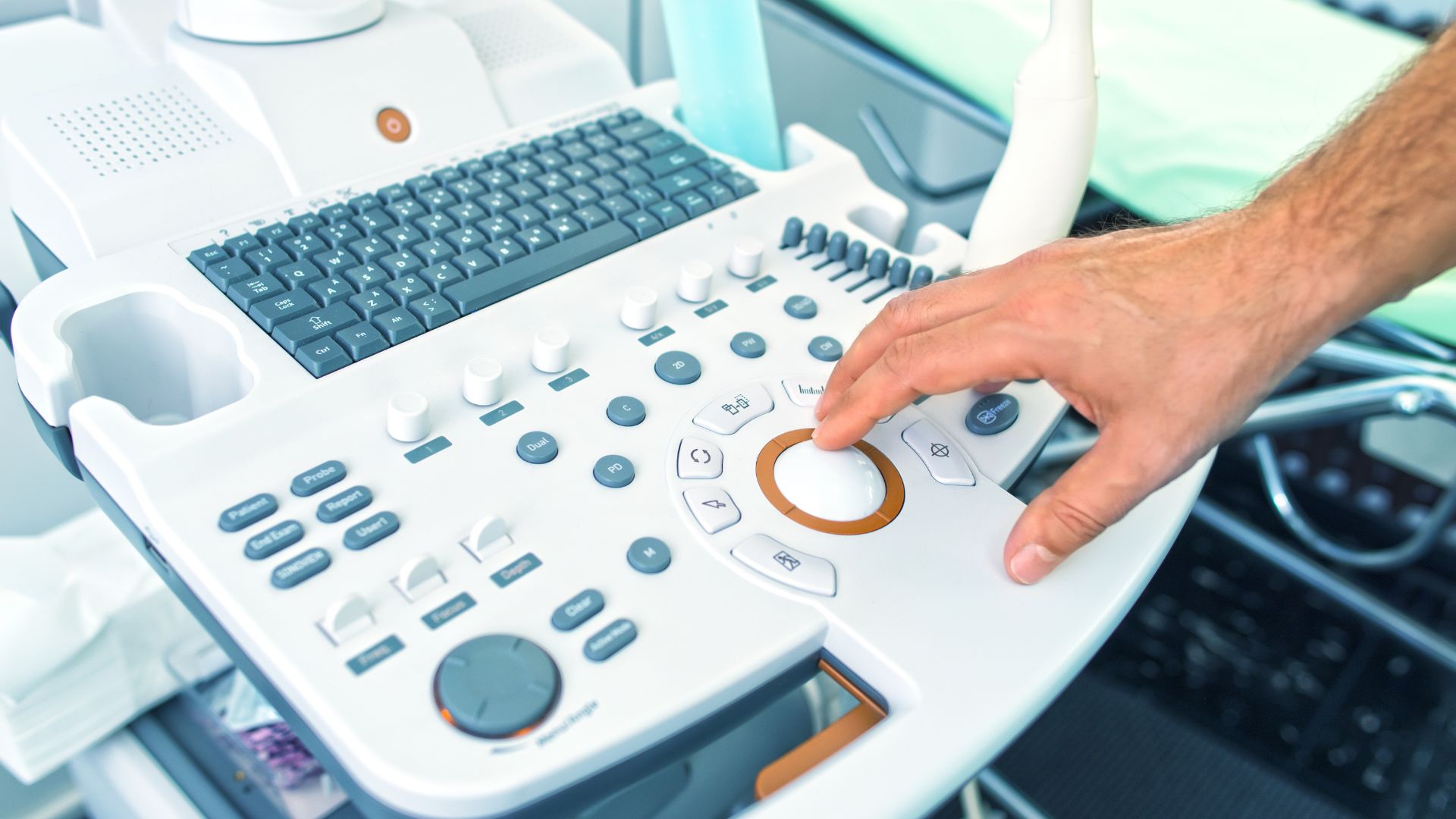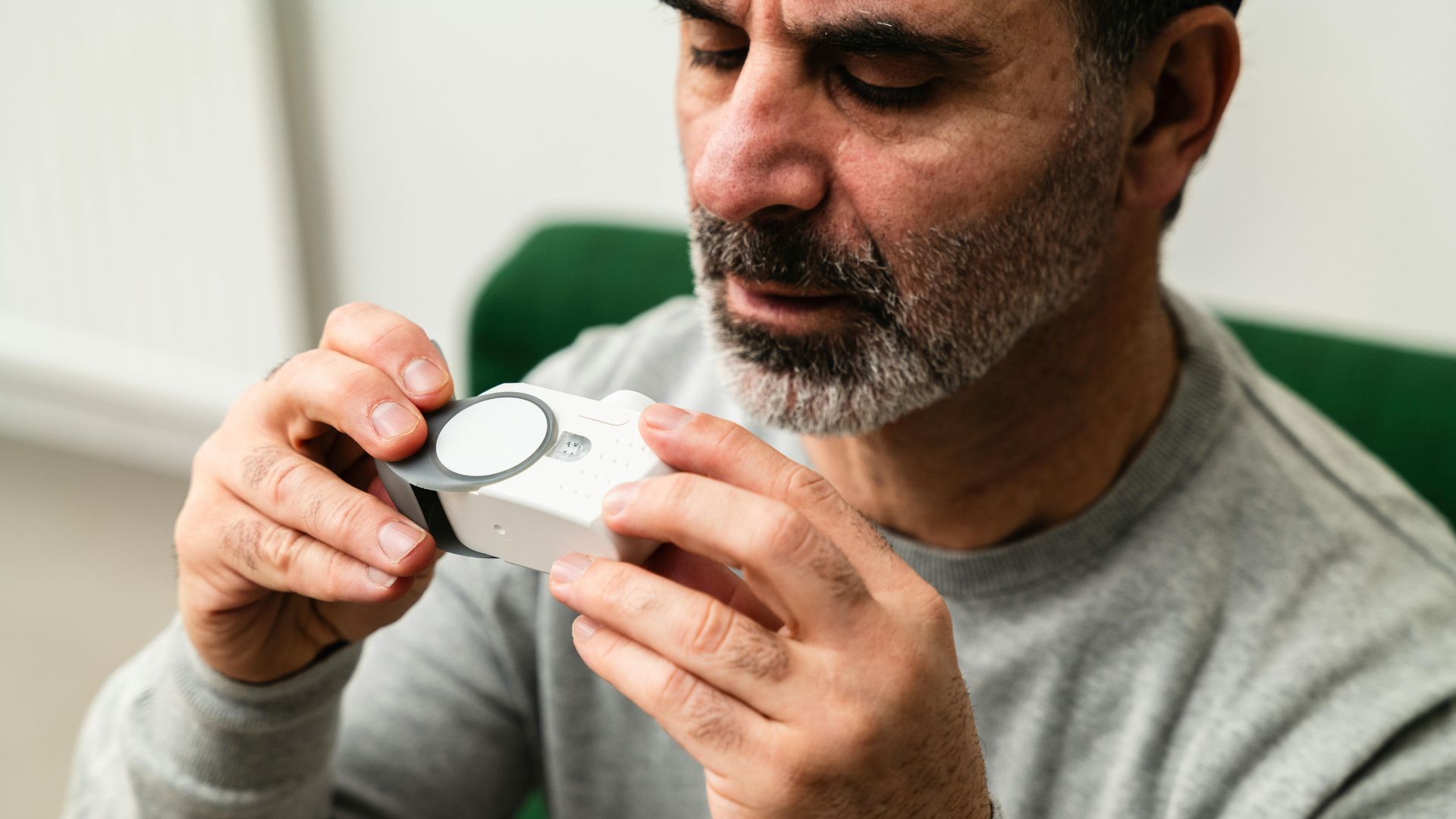Biodegradable sutures & wound healing gels play a vital role in oral surgery, periodontal procedures & implant dentistry by supporting post-operative healing. Because they dissolve over time and directly interact with oral tissues, these products are subject to strict FDA oversight. Manufacturers must comply with biocompatibility testing, sterility validation & labeling standards to avoid Import Alerts, detentions & recalls.
How the FDA Classifies Dental Sutures & Wound Healing Gels
Classification depends on the material composition & intended clinical use:
Device Classifications
- Class II (Moderate Risk): Includes biodegradable synthetic sutures (e.g., polyglycolic acid, polylactic acid) & collagen-based wound healing gels. These require 510(k) clearance.
- Class III (High Risk): Applies to gels with biologics, growth factors or stem cell-derived ingredients, which require Premarket Approval (PMA).
- Combination Products: Gels combining device & biologic components may fall under CBER (Center for Biologics Evaluation & Research) review.
Key FDA Compliance Requirements for Sutures & Gels
To legally market these products in the US, manufacturers must complete several compliance steps:
- Establishment Registration: Annual FDA registration for all manufacturers & importers.
- Medical Device Listing: Each suture or gel product must be listed under the registered establishment.
- Biocompatibility Testing: Required under ISO 10993 to ensure safety.
- Sterility Validation: Must comply with ISO 11137 (radiation) or ISO 11737 (microbial limits).
- UDI Compliance: Unique Device Identifiers must appear on product labeling for tracking & recalls.
Common Compliance Challenges & Solutions
Even well-prepared manufacturers can face unexpected setbacks. These case studies highlight the importance of complete documentation & accurate classification:
Case Study: Biodegradable Suture Import Detained Due to Sterility Concerns
A collagen-based suture shipment was detained due to missing sterility validation. The company had to:
- Conduct new sterility testing under FDA-recognized conditions.
- Update its Medical Device Listing with validated data.
- Work with consultants to resolve the issue.
Case Study: Wound Healing Gel Reclassified as a Biologic
A chitosan-based wound gel was assumed to be Class II but was reclassified as a biologic due to its regenerative properties. This led to:
- Market delays for additional clinical testing.
- Higher costs for PMA submission.
- Filing of a 513(g) to clarify classification for future products.
Regulatory Considerations for Dental Sutures & Gel Manufacturers
Other important compliance considerations include:
- FDA User Fees: Annual fees apply; Small Business Fee Assistance may be available.
- Import Alerts: Repeat violations can block product imports.
- Certificate to Foreign Government (CFG): Often required for international distribution.
- Health Canada Licensing: An MDEL may be needed for Canadian sales.
Staying Compliant After Market Approval
Initial approval is only the beginning—manufacturers must maintain FDA compliance:
- Electronic Medical Device Reporting (eMDR): Adverse events must be reported.
- FOIA Requests: Useful for benchmarking similar FDA-approved products.
- Medical Device Master File: Helps support future approvals & submissions.
- Ongoing Consulting: Ensures alignment with evolving FDA expectations.
Healing Compliance Gaps Before They Happen
Successfully marketing biodegradable sutures & wound healing gels in the US takes more than regulatory filings. Strategic classification, validated sterilization, UDI integration & long-term compliance planning help prevent costly delays & position products for sustained success.








